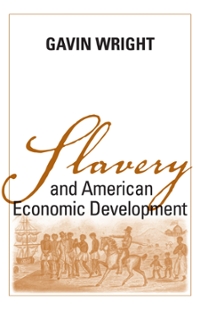Question
Question: A) A firm produces two outputs, y_1 and y_2, which it sells into perfectly competitive markets. The firm has a maximum amount of input
Question:
A) A firm produces two outputs, y_1 and y_2, which it sells into perfectly competitive markets. The firm has a maximum amount of input available,(I^-) . This input is used in the production of both goods. Each output is produced according to a strictly concave production function, f(l_i) . The price of each output is p_1 and p_2, respectively.
i.Formulate the Lagrange equation.
ii.Solve the problem of the optimal allocation of the input between the two outputs.
iii.Find an expression or value for the increase in profit that would result from a small increase in the amount of the fixed input the firm has available.
B) Form the bordered Hessian determinant for a problem with two variables and two constraints. What sign of the determinant is sufficient to ensure a maximum? A minimum? Justify your responses.
C) A central planner uses labour, L, to produce two outputs, x_1 and x_2, according to the production functions
x_1= 10L_1- 0.5L_1^2
x_2= 8L_2- 0.75L_2^2
Where L_i is labour allocated to sector i = 1,2. She wishes to maximize the value of total output
V = 4x_1+ 5x_2
Where 4 and 5 are the world prices of x_1 and x_2 respectively.
Given that there are 12 units of labour available,
i. Formulate the Lagrange equation.
ii. Write down the Karush-Khun-Tucker conditions.
iii. Determine the optimal allocation of L_1 and L_2 as well as the shadow price of labour.
Step by Step Solution
There are 3 Steps involved in it
Step: 1

Get Instant Access to Expert-Tailored Solutions
See step-by-step solutions with expert insights and AI powered tools for academic success
Step: 2

Step: 3

Ace Your Homework with AI
Get the answers you need in no time with our AI-driven, step-by-step assistance
Get Started


